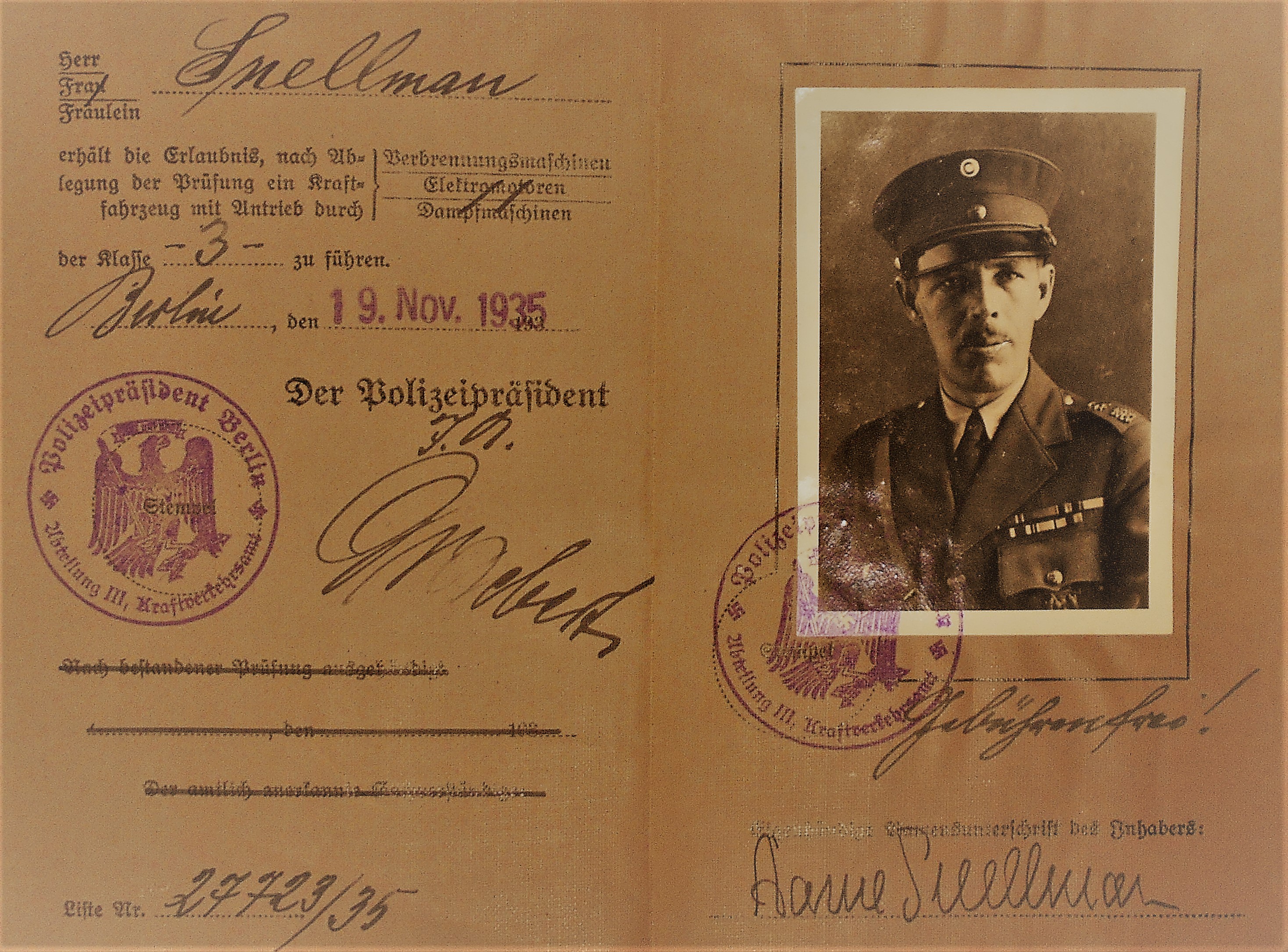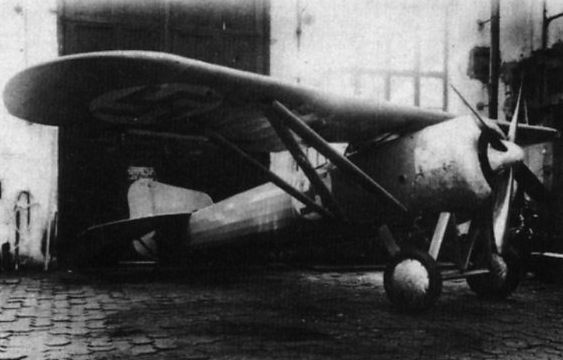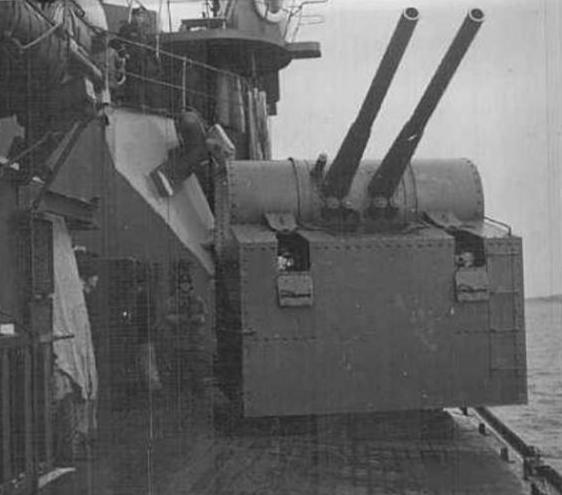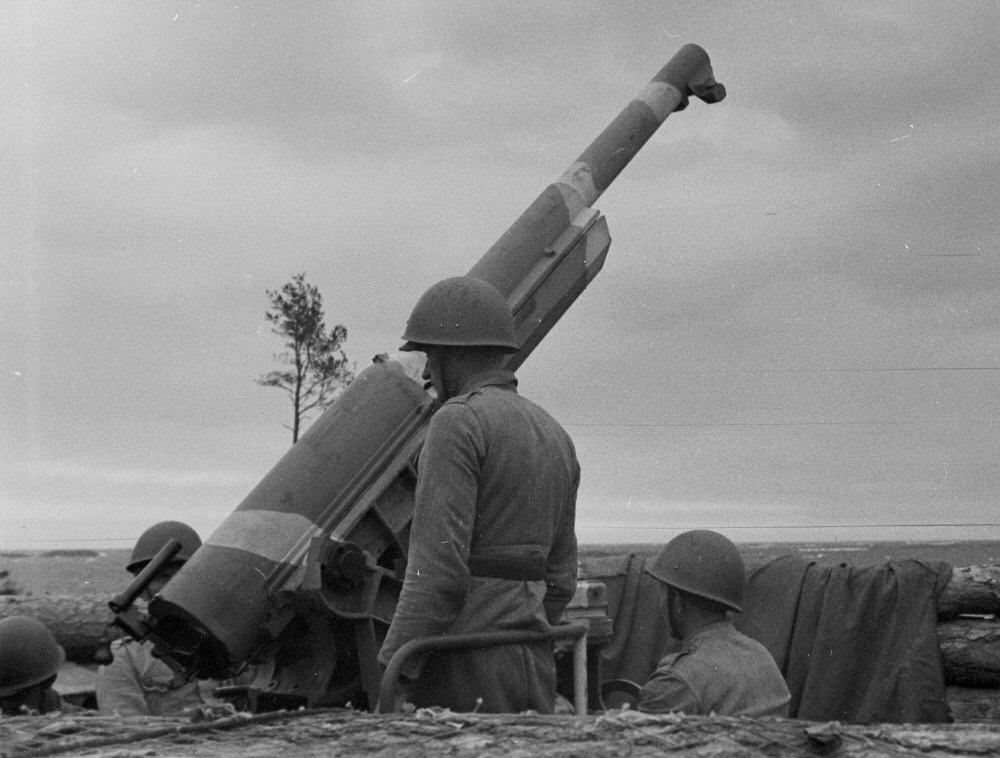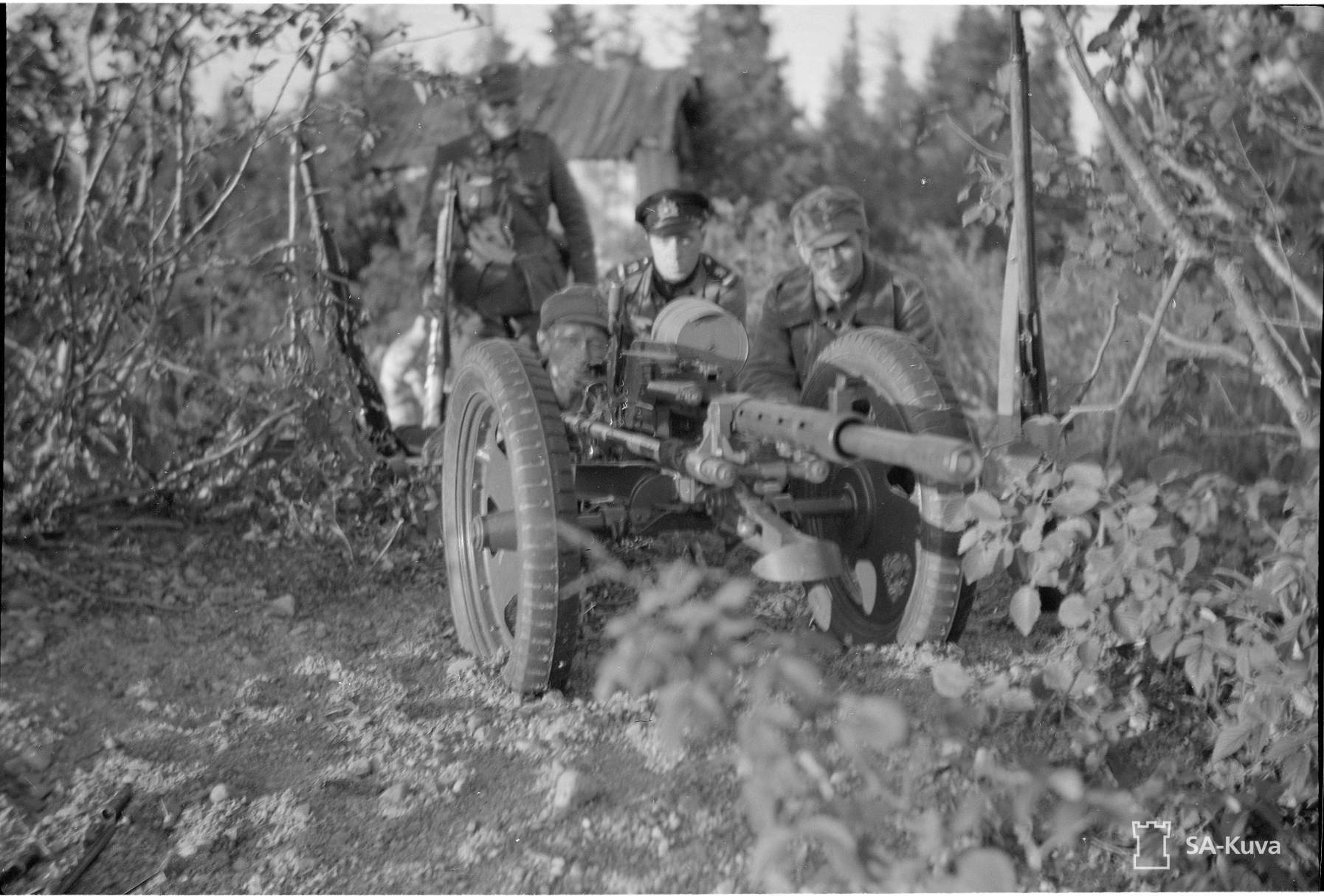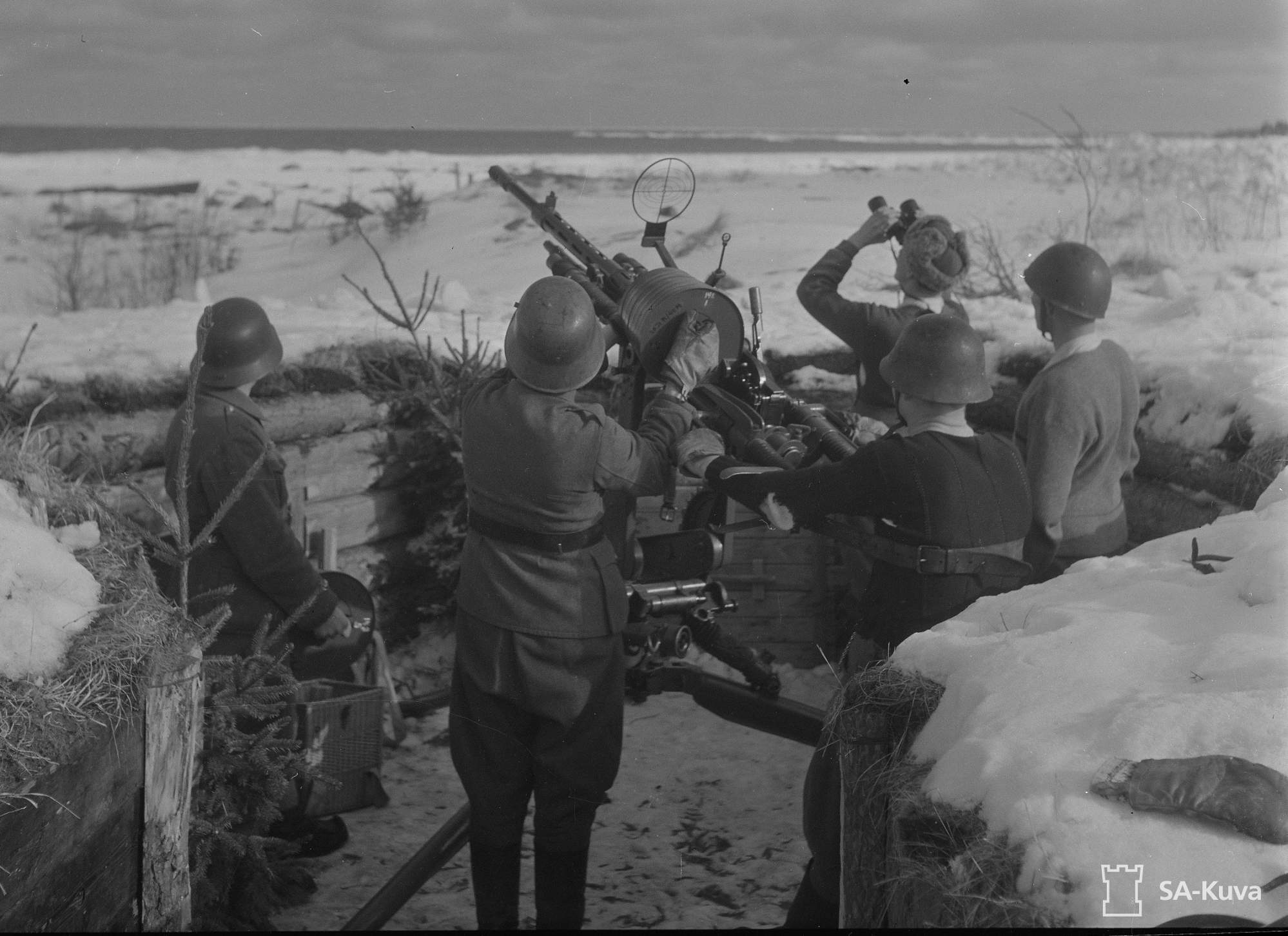Chapter 1
Wall of Steel - A Finnish AAA timeline
This is a small timeline focused on development of Finnish air defenses before and during the Winter War. A wank? Sure, but even the most astute observer of nuances of alternate histories can surely indulge him/herself into joys of self-love. Besides, there's a wank on an airplane or an air force every other day on ah.com, but air defense wanks are rare! Thanks to DrakonFin for suggesting Väinö Mikkola as a personality who could be developed to become a pere of Finnish AAA, or a super AhtiLappi of prewar times.
1. Death of a pilot - birth of an artilleryman.
One of the key events in development of the Finnish Air Defense forces was probably the tragic injury of Major Väinö Mikkola in the Alps in Switzerland. Mikkola was fetching a Savoia S.9 flying boat purchased from Italy with donation money. Unfortunately, due to reasons not fully known, the airplane disintegrated while in flight over Switzerland. While Mikkola managed a forced landing he was severely
injured and another plane purchased went missing completely. (1)
As he was now incapable of flying he was appointed a research assignment on status of offensive and defensive air capabilities of the future and their implications on Finland. The tobacco manufacturer Achilled Christides who had donated the funds for two Savoia flying boats donated a fund for a long overseas study trip to USA, Great Britain, France and Italy.
Mikkola had received education to become an electric engineer in Germany and thus was perhaps the most technically oriented officer in the early Finnish Air Defense Forces. Unfortunately for his career, he had been in Russian Imperial Navy service before Finnish Civil War and thus tainted in minds of the officers who had received their military training in Germany, including the Commander of the Air Force Major Arne Somersalo who was also convinced the crash had been Mikkola's fault, leading into life-long enmity between Somersalo and Mikkola. Some pundits have even speculated that the crash and the enmity between the two might have lead to latter's rather fanatical commitment to anything that can prevent flying.
The analysis made based on the experiences of the World War was fairly damning. Due to rapid speed of improvement in aviation a top quality fighter developed in 1915 was completely outclassed and useless in 1916. In just space of three years top speed of German fighters progressed from 130km/h to 200km/h and the climbing speed to 2000 meters from 20 minutes to 4 minutes. While the evolution of military technology, such as tanks and fighters, had been slower after the World War it was clear the technology would proceed at high speed if major powers, with their independent aviation and engine industries, would commit major resources into production. Small country, like Finland, could only hope to buy best aircraft available instead of developing or producing it's own planes.
Furthermore, major powers would probably sell military equipment to Finland only if it suited their needs. The equipment might also be outdated or second-class. In field of defenses it was a different story. Even as anti-aircraft guns, direction and control technologies developed, weapons useful in 1914 were still useful or could be modified into useful form in 1918, and were even useful now. Thus an anti aircraft weapon would have longer life span, and in addition could be used against naval and ground targets as well. Thus the implications for Finland were clear - a strong air force was a dangerous pipe dream as small country could not keep up with the development of planes, except possibly in times of long peace. Small number of top quality planes would be useful for training, evaluation and development tasks. In the study it was also noted that tanks would probably also enjoy similar rapid development, making purchase of large number of tanks probably not useful.
The study might have been put into desk drawer, but Mikkola, convinced of his mission, found powerful allies. Frans Helminen, an artillery officer who had also originally served in the Russian Army was very interested in capabilities of the anti-aircraft- artillery. The scientifically orientated inspector of Field Artillery, Vilho Nenonen, was convinced of Mikkola's analysis while Väinö Valve, commander of Coastal Artillery, had equipment and resources for varius experiments. Thus Väinö Mikkola found a new calling, a career as the Grand Old Man of Finnish Air Defense, entering the pantheon of Finnish military innovators of 1920's and 1930's.
(1. POD: In OTL Major Väinö Mikkonen died on 7 September 1920)
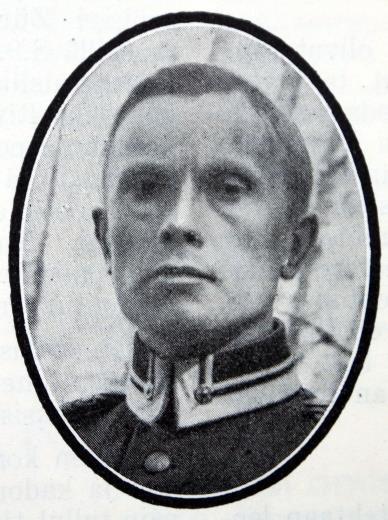
Major Väinö Mikkola

Savoia S.9 flying boat
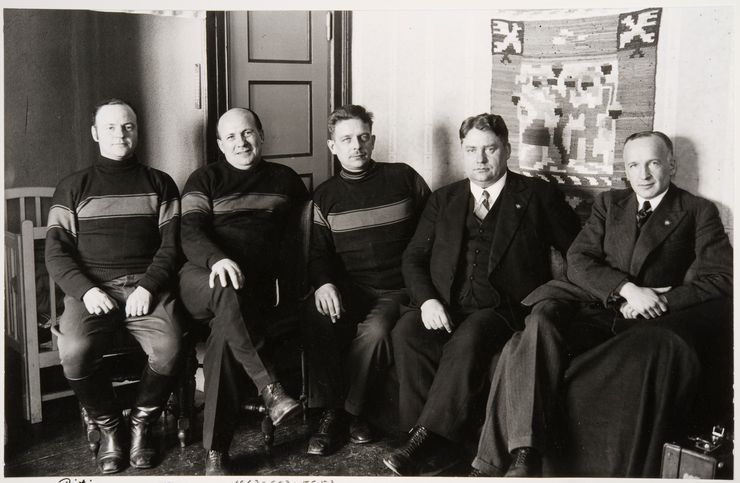
Former Commander of the Finnish Air Force Arne Somersalo together with his Lapua Movement pals in Lapua Rebellion 1932. Somersalo is the first person from the right.
This is a small timeline focused on development of Finnish air defenses before and during the Winter War. A wank? Sure, but even the most astute observer of nuances of alternate histories can surely indulge him/herself into joys of self-love. Besides, there's a wank on an airplane or an air force every other day on ah.com, but air defense wanks are rare! Thanks to DrakonFin for suggesting Väinö Mikkola as a personality who could be developed to become a pere of Finnish AAA, or a super AhtiLappi of prewar times.
1. Death of a pilot - birth of an artilleryman.
One of the key events in development of the Finnish Air Defense forces was probably the tragic injury of Major Väinö Mikkola in the Alps in Switzerland. Mikkola was fetching a Savoia S.9 flying boat purchased from Italy with donation money. Unfortunately, due to reasons not fully known, the airplane disintegrated while in flight over Switzerland. While Mikkola managed a forced landing he was severely
injured and another plane purchased went missing completely. (1)
As he was now incapable of flying he was appointed a research assignment on status of offensive and defensive air capabilities of the future and their implications on Finland. The tobacco manufacturer Achilled Christides who had donated the funds for two Savoia flying boats donated a fund for a long overseas study trip to USA, Great Britain, France and Italy.
Mikkola had received education to become an electric engineer in Germany and thus was perhaps the most technically oriented officer in the early Finnish Air Defense Forces. Unfortunately for his career, he had been in Russian Imperial Navy service before Finnish Civil War and thus tainted in minds of the officers who had received their military training in Germany, including the Commander of the Air Force Major Arne Somersalo who was also convinced the crash had been Mikkola's fault, leading into life-long enmity between Somersalo and Mikkola. Some pundits have even speculated that the crash and the enmity between the two might have lead to latter's rather fanatical commitment to anything that can prevent flying.
The analysis made based on the experiences of the World War was fairly damning. Due to rapid speed of improvement in aviation a top quality fighter developed in 1915 was completely outclassed and useless in 1916. In just space of three years top speed of German fighters progressed from 130km/h to 200km/h and the climbing speed to 2000 meters from 20 minutes to 4 minutes. While the evolution of military technology, such as tanks and fighters, had been slower after the World War it was clear the technology would proceed at high speed if major powers, with their independent aviation and engine industries, would commit major resources into production. Small country, like Finland, could only hope to buy best aircraft available instead of developing or producing it's own planes.
Furthermore, major powers would probably sell military equipment to Finland only if it suited their needs. The equipment might also be outdated or second-class. In field of defenses it was a different story. Even as anti-aircraft guns, direction and control technologies developed, weapons useful in 1914 were still useful or could be modified into useful form in 1918, and were even useful now. Thus an anti aircraft weapon would have longer life span, and in addition could be used against naval and ground targets as well. Thus the implications for Finland were clear - a strong air force was a dangerous pipe dream as small country could not keep up with the development of planes, except possibly in times of long peace. Small number of top quality planes would be useful for training, evaluation and development tasks. In the study it was also noted that tanks would probably also enjoy similar rapid development, making purchase of large number of tanks probably not useful.
The study might have been put into desk drawer, but Mikkola, convinced of his mission, found powerful allies. Frans Helminen, an artillery officer who had also originally served in the Russian Army was very interested in capabilities of the anti-aircraft- artillery. The scientifically orientated inspector of Field Artillery, Vilho Nenonen, was convinced of Mikkola's analysis while Väinö Valve, commander of Coastal Artillery, had equipment and resources for varius experiments. Thus Väinö Mikkola found a new calling, a career as the Grand Old Man of Finnish Air Defense, entering the pantheon of Finnish military innovators of 1920's and 1930's.
(1. POD: In OTL Major Väinö Mikkonen died on 7 September 1920)

Major Väinö Mikkola

Savoia S.9 flying boat

Former Commander of the Finnish Air Force Arne Somersalo together with his Lapua Movement pals in Lapua Rebellion 1932. Somersalo is the first person from the right.
Last edited:

